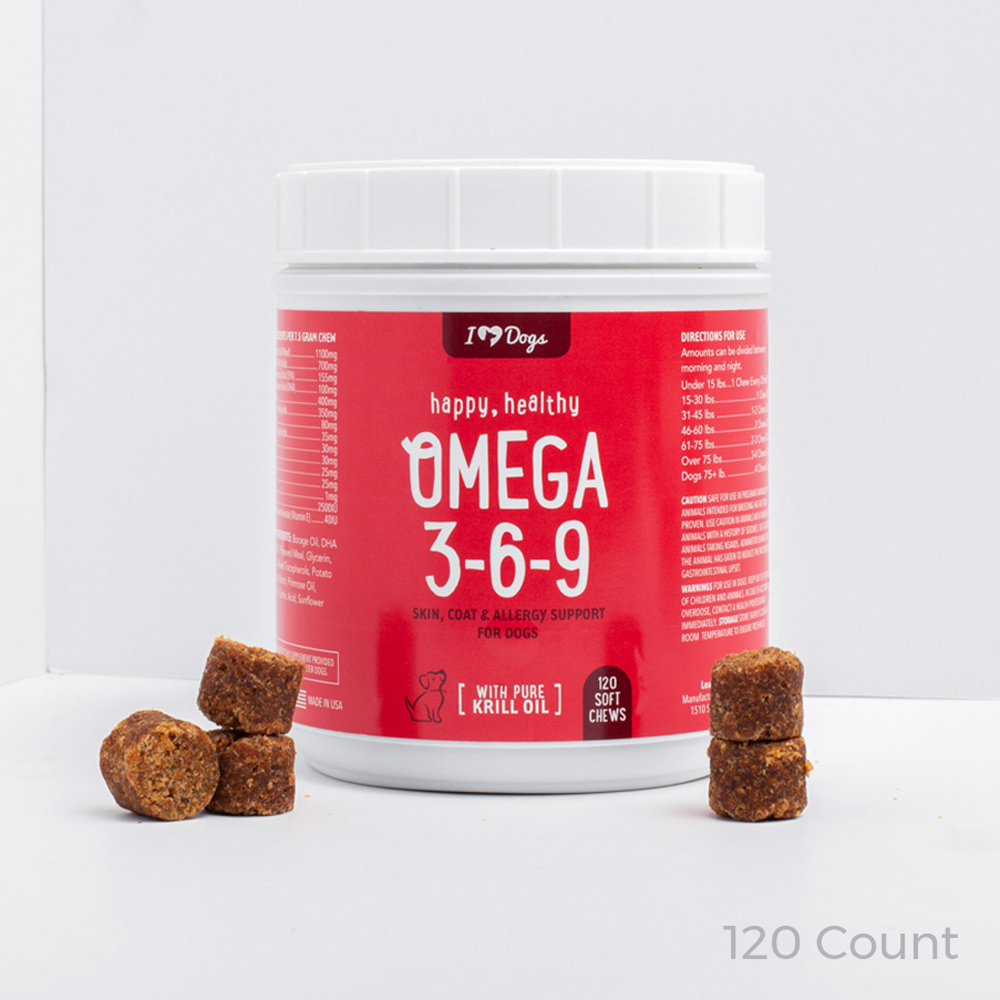With the never-ending stream of dog food recalls we’ve had this year, it’s no wonder that consumers are trusting pet food companies less and less.
However, with all the concerns about contaminates in pet food, a conversation also needs to be had about whether or not the ingredients claimed on the ingredient label are of any real value to your pup.
What nutrient are we talking about? Omega-3 fatty acids.
Many dog food brands claim Omega-3 DHA and EPA on their ingredient labels. The reason pet food companies target this nutrient is clear: it’s absolutely vital for the immune system, brain health, and maintaining a shiny coat.
Most importantly, dogs cannot produce Omega-3’s on their own, therefore they must be obtained through their daily diet.
Meet The Monster That’s Creating (and Destroying) Your Dog’s Food
To understand why dog food companies are lying to us, let’s examine the way kibble is made.
Take a look at the ghastly device below, called an extruder. Used in the manufacturing of dry dog food, a mixture is forced through the extruder at extremely high temperatures. The steam then cooks the mixture and “extrudes” it through a small opening, forming it into the well-known kibbles shapes we see in the dog food bag.
 Source: Youtube
Source: Youtube
Omega-3’s are highly susceptible to heat, and tend to break down and become useless during a high heat manufacturing method.
Is it any wonder how any ingredient survives this, let alone fragile omega-3 fatty acids?
It’s not that pet food companies are lying to us about what goes into our dog’s food. But they’re being dishonest about what is biologically available to your dog after the harsh manufacturing process.
The Next Challenge: Spoiling
If by some miracle the omega-3 fatty acids survive the torture of high heat extrusion, their next trial comes from the risk of spoiling. Once omega fatty acids come in contact with oxygen and light, they have a strong tendency to go bad and become rancid.
From the very moment that we open that bag of dog food kibble, the timer starts ticking on its life. Keeping your food in an airtight container helps, but ultimately it’s impossible to prevent the fatty acids from coming into contact with oxygen and light, which can lead to spoiling over time.

If Dogs Cannot Get Omega-3 from Dry Dog Food, Where Can They Get It From?
Because of the difficulty in obtaining enough omega-3 fatty acids from the food supply, many health conscious pet parents have turned to supplementing their dog’s supply of omega-3.
However, this begs the question, if omega-3’s cannot survive dog food manufacturing, what is the potency of an omega-3 supplement?
The answer is that they vary greatly in potency. Many omega-3 soft supplements are also made through a heat based extrusion process, rendering the potency far less than ideal. Here are some key tips for choosing a quality omega-3 supplement for your dog(s):
#1 – Go with cold-press manufacturing: If you go with a soft chew, choose one that uses cold-press extrusion, which does not damage the ingredients with heat during the manufacturing process. The entire process is done at low temperatures, preserving the bioavailability. This kind of manufacturing is more expensive, and not nearly as many companies use it, but its absolutely vital for effectiveness.
#2 – Choose low-mercury fish sources: In recent years, consumers have become increasingly aware of pollutants such as mercury in our fish supply. We’d highly recommend choosing smaller fish sources (like anchovies and krill) which are lower on the food chain. Because of their position on the chain, and their shorter lives, they tend to have significantly less heavy metals in their bodies compared to larger fish.
#3 – Be Wary of Spoiling: If you use supplements in liquid form, be careful the product does not become rancid before you use it all. Liquid supplements in plastic bottles are particularly prone to this (choose glass bottles instead). If you do choose a liquid bottle form, buy small bottles instead of large ones.
The Bottom Line
The bottom line is this: Don’t take for granted that all your dog’s nutritional needs are found in processed dog food. Talk to your vet, and determine if omega-3 supplementation is right for your dog.
If Omega-3 supplementation makes sense for your dog, we’d encourage you to try our Omega-3-6-9 Select Soft Chews by Happy, Healthy. Our chews utilize krill oil, and are made through cold-press extrusion, which maintains the potency of the fatty acids.

These statements have not been evaluated by the Food and Drug Administration. This product is not intended to diagnose, treat, cure, or prevent any disease. The information on this website is not intended to replace a one-on-one relationship with a qualified health care professional.
Featured Image Credit: Lisa Yarost
 Toledo, United States.
Toledo, United States.